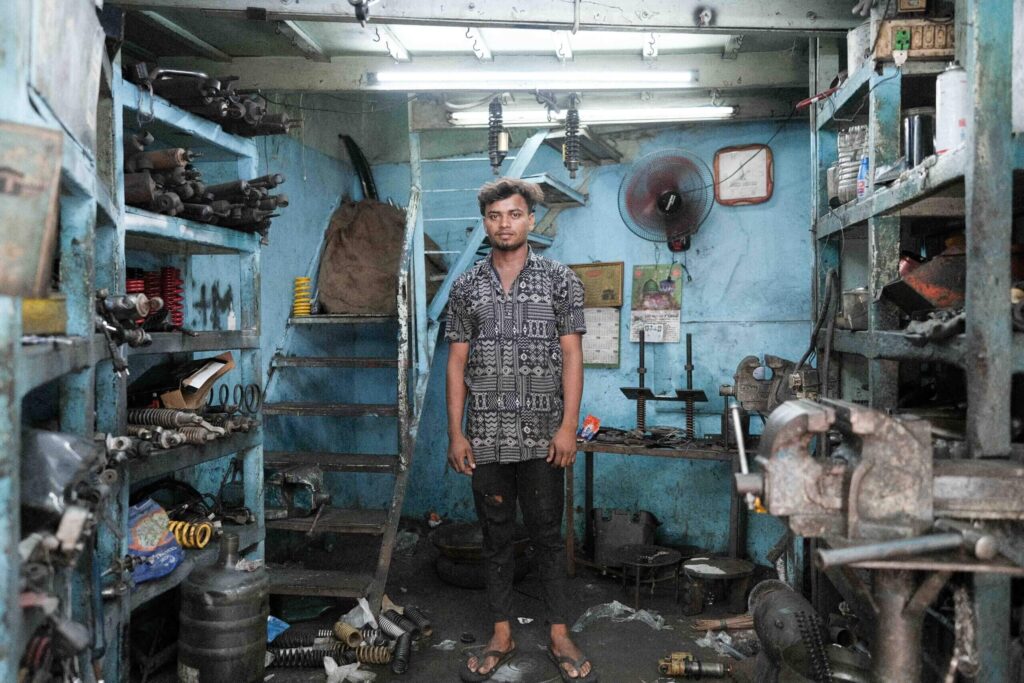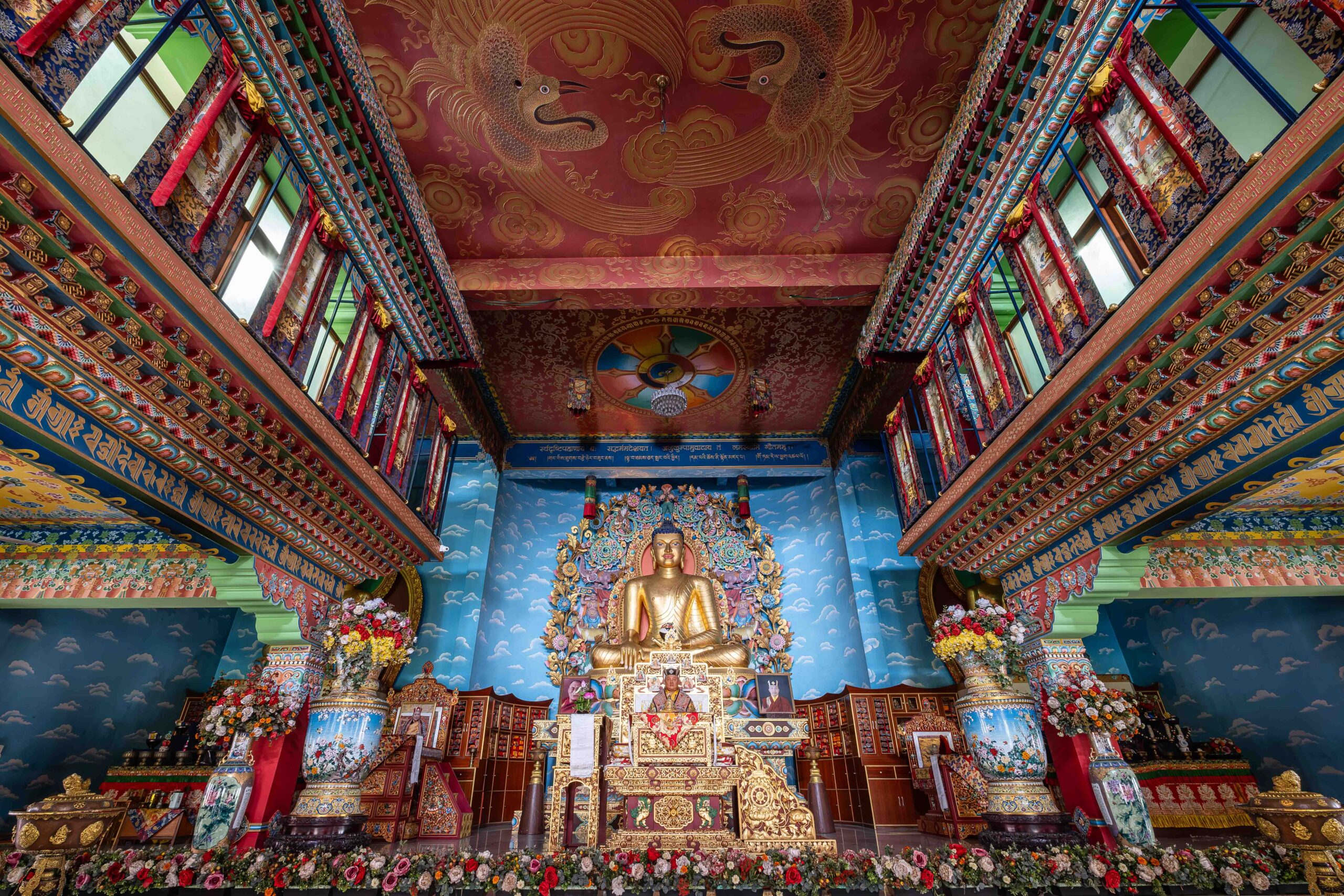Photography has come a long way since 1872 when French scientist Joseph Nicéphore Niépce took the world’s first photograph, “View from the Window at Le Gras”. With the advent of digital photography, the way we capture and store images has changed dramatically. RAW vs JPEG
Two of the most commonly used image formats in digital photography are RAW and JPEG. Understanding the difference is crucial for any beginner photographer to lay a strong foundation of knowledge.

What Is RAW?
RAW is an image format that stores unprocessed data from your camera’s image sensor. This data includes colour, brightness, and other details. RAW is often compared to a digital negative, as it provides a lot of flexibility in post-processing.
Advantages of RAW vs JPEG
- Higher Quality: RAW images contain a higher level of detail, colour depth, and dynamic range when compared to JPEGs. This higher level of information makes them ideal for fine-tuning and editing in post-production.
- Non-Destructive Editing: When editing a RAW image, you can adjust settings such as exposure, white balance, and more without losing any original image data. This outcome is because RAW images are not compressed, unlike JPEGs.
- More Control: By editing RAW images, you have greater control over the final result of your photo. This advantage is especially vital for landscape and fine art photographers who want to ensure their images look as they intend. Furthermore, to have the image quality to make prints.

What Is JPEG?
JPEG is a commonly used image format optimized for efficient storage and quick retrieval. Unlike RAW images, JPEGs are compressed and lose much of the original image data in the process.
This process is sometimes done to reduce file size, making it easier to share images online or transfer them speedily from one device to another.
Advantages of JPEG vs RAW
- Smaller File Size: One of the main advantages of JPEGs is their smaller file size. This pro makes them easier to share and transfer, especially for photographers who take high volumes of photos.
- Compatibility: JPEG is a widely supported image format, meaning it can be easily opened and viewed on almost any device or software.
- Quick Processing: Since JPEGs are already processed, you can view and share them immediately after taking them. This pro is especially useful for photographers who need to share their images quickly, such as journalists or event photographers.

Conclusion
In conclusion, RAW vs JPEG are both important image formats that have their own unique advantages and disadvantages. For beginner photographers, it is crucial to understand the differences between the two to choose the one that best suits their needs.
Whether you opt for RAW or JPEG, the most important thing is you get out and take them! Try experimenting with the two formats by taking a RAW and JPEG of the same form and editing them in post to see the difference.
If you own a Fujifilm camera check out RXM’s entire collection of recipes by clicking here.

